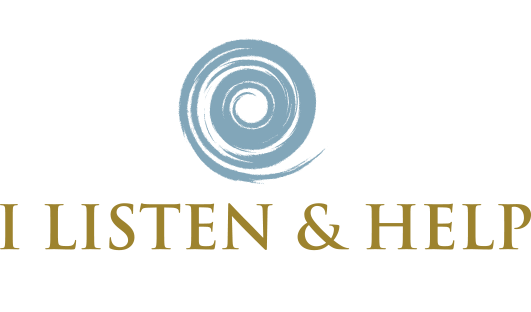Over the years, I have gathered a wealth of wisdom and experience from clients as well as through my journey during an intense and prolonged divorce, and I am channeling that knowledge into a powerful framework to help you navigate your emotional upheavals. Here’s a summary of some of the key elements and how we could create a cohesive plan to transform the pain into strength:
1. Shift from Chaos to Strategy
Divorce is not a static event; it’s dynamic and ever-changing. Rather than being overwhelmed by chaos, the focus should be on finding calm in the moment.
We will work together to help you stay present and grounded, even as things shift unpredictably around you – helping you align your actions with your long-term values and goals.
2. Building Resilience and Courage
Resilience comes from facing resistance, confronting the hardest emotions, and finding creative solutions to navigate them.
Incorporate metaphors like molten energy (fluidity) transforming into a mountain (stability), or water’s ability to flow around obstacles, as a way to inspire strength and adaptability.
Use daily rituals that nurture courage, focus, and calm, emphasizing practices like mindful breathing, journaling, or morning routines inspired by thought leaders.
3. Understanding and Releasing Entanglement
Divorce involves untangling not only practical ties but also emotional and psychological connections (dreams, roles, identities, relationships).
Perhaps we reflect on the “death of a dream” and process the grief and the losses— marriage, children, friends, in-laws-while expanding your view of what’s possible post-divorce.
4. Focus on Truth and What’s Important
Guide you to uncover what your values are and what feels true for you.
5. Eagle Vision and Grounded Actions
Cultivate the ability to track the horizon while focusing on one thing at a time. Small, deliberate steps create clarity in the midst of uncertainty. Stay adaptable and open to change rather than trying to control everything-collaboration and curiosity open doors to unexpected opportunities.
6. Daily Practices and Inputs
Design routines that prime the body and mind: good sleep, nutrition, and activities that feed calm instead of stress.
Create daily rituals that build creativity, problem-solving, and self-reflection. For example, journaling or capturing thoughts in a way that leads to breakthroughs.
7. Leaning Into Growth
Growth comes at the point of resistance, and the “stuck points” hold the key to transformation. The work is to identify these blockages, face them, and release them.
The process of healing and moving forward is often gradual-moment by moment, choice by choice.

About The Author: Matilda Bailey
More posts by Matilda Bailey